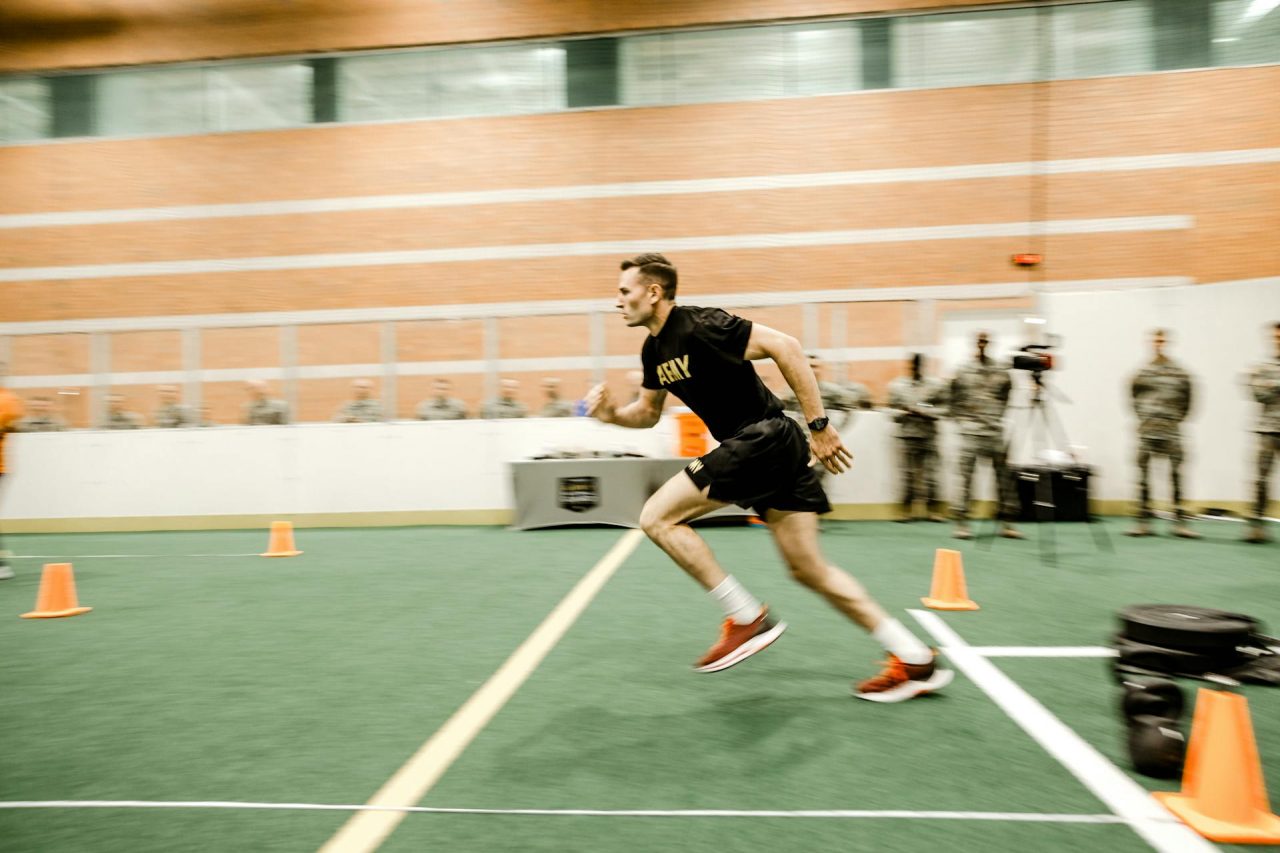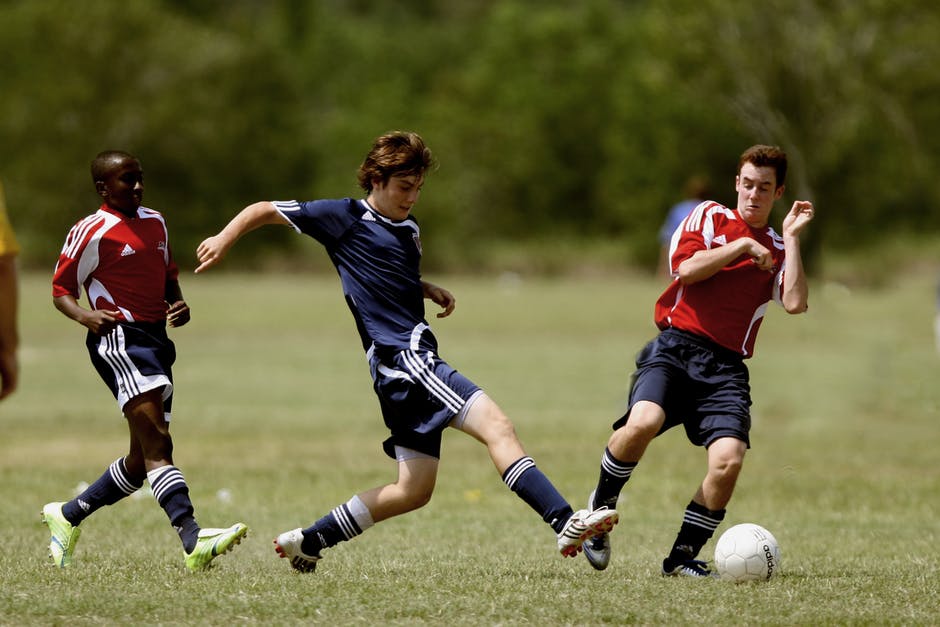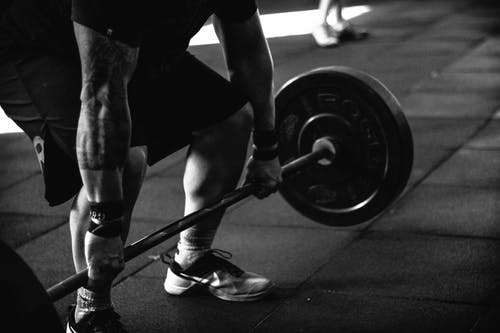Adding resistance to sprinting is a popular training tool for strength and conditioning coaches. The idea is that by adding resistance, the sprinting motion becomes more difficult. This requires the athlete’s nervous system to recruit more muscle fibers, which could translate into more speed during unresisted conditions. With experienced sprinters (i.e. track athletes), this tool is meant to help them break through Ozolin’s “speed barrier.” I first came across this in a 1978 reprint of an earlier article he had written, explaining that sprinters especially can adapt to the speeds that they train/compete at, which makes it difficult to increase their speed further. Thus you need different training tools to push them through the speed barrier – which gives rise to resisted and assisted sprinting.
Con Hyrsomallis, in the January 2012 issue of the Journal of Strength and Conditioning Research, has a limited literature review on the effectiveness of resisted sprinting. The focus is on articles looking at training interventions. In general the author finds that resisted sprinting is effective, but not necessarily more so than unresisted training. The author notes that the majority of subjects in these studies are team sport athletes (as opposed to track sprinters).
The idea of resisted sprinting being effective, but perhaps not more effective than unresisted, is an important concept to spend some time on. This is probably going to be population-specific and not true in every case. It’s very likely that with an athletic population that uses sprinting as a small component, any kind of sprinting will result in training gains. So this would apply to most team sport athletes. This suggests that resisted training can be included in a training program for variety, but it’s not essential to their success.
However, with highly trained sprinters who have been training for years, it’s possible that more advanced training means are going to be necessary to elicit gains. It would be extremely interesting to see a training study looking at resisted sprinting and this group to see if it is more effective than unresisted because they may react to training differently than other kinds of athletes. With this population, resisted sprints might be important and necessary to making gains.
In addition to the articles that the author reviewed, I’ve already written about two that look at resisted sprinting. The first was by Upton and compared 12 weeks of resisted training with 12 weeks of assisted training looking at soccer players. As I wrote about here http://wp.me/pZf7K-5M , the author found that assisted and resisted training both improved different parts of the 40 yard sprint.
Paulson and Braun analyzed 40 meter sprints with and without a parachute. While this isn’t a training intervention study, it does serve to provide some caution on how resisted sprinting can negatively impact sprinting mechanics. As I wrote about here, http://wp.me/pZf7K-3P , the authors found that the resistance of the parachute altered the running mechanics of the athletes by increasing trunk lean and changing the hip angle (though these changes were not statistically significant).
Like with most training tools, there is a lot of marketing hype and attempts to sell products and expertise when it comes to resisted sprinting. Sometimes it is challenging to separate the hype from the substance. At least with team sport athletes, this seems to be an effective training tool but it doesn’t seem to be more effective than sprinting without resistance. The jury is still out when it comes to high-level sprinters.
References:
Hyrsomallis, C. (2012). The effectiveness of resisted movement training on sprinting and jumping performance. Journal of Strength and Conditioning Research, 26(1), 299-306.
Ozolin, N. (1978) How to improve speed, in Jarver, J. (ed.) Sprints and Relays, Mountain View, CA: TAFNEWS Press, pp. 55–6.
Paulson, S. and Braun, W.A. (2011). The influence of parachute-resisted sprinting on running mechanics in collegiate track athletes. Journal of Strength and Conditioning Research, 25(6): 1680-1685.
Upton, D. (2011). The effect of assisted and resisted sprint training on acceleration and velocity in division IA female soccer athletes. Journal of Strength and Conditioning Research, 25(10): 2645-2652.
Updated October 19, 2024




